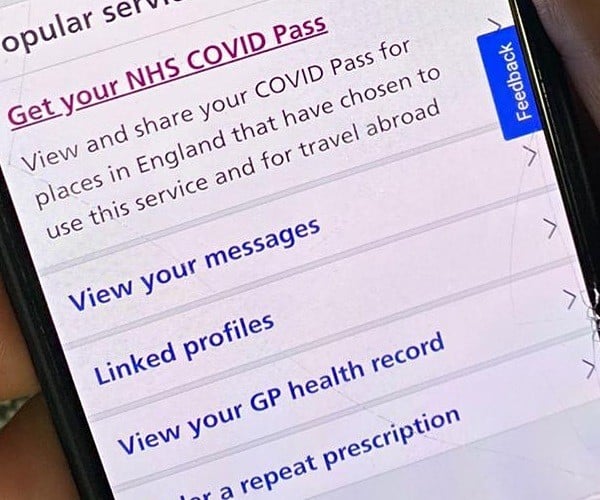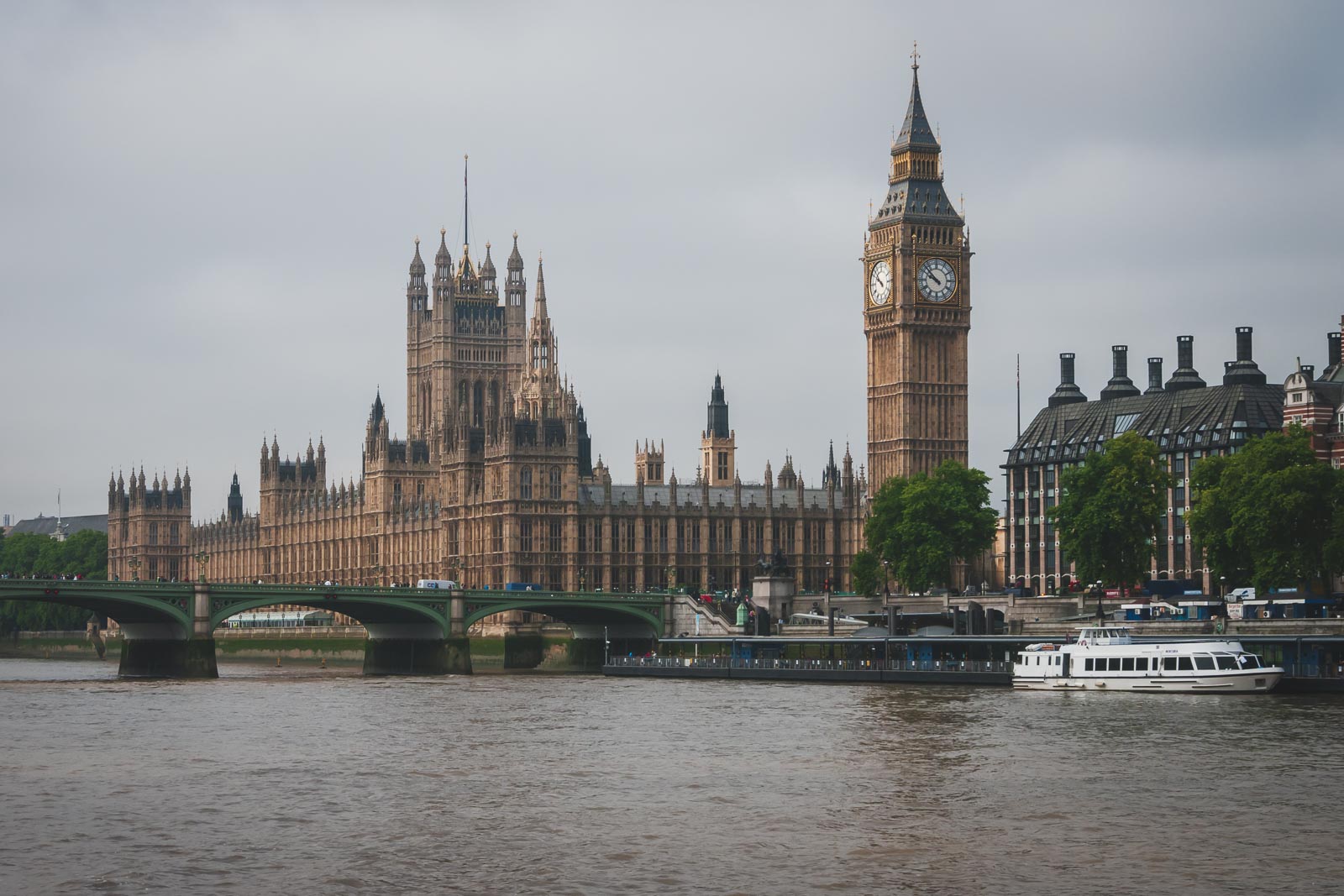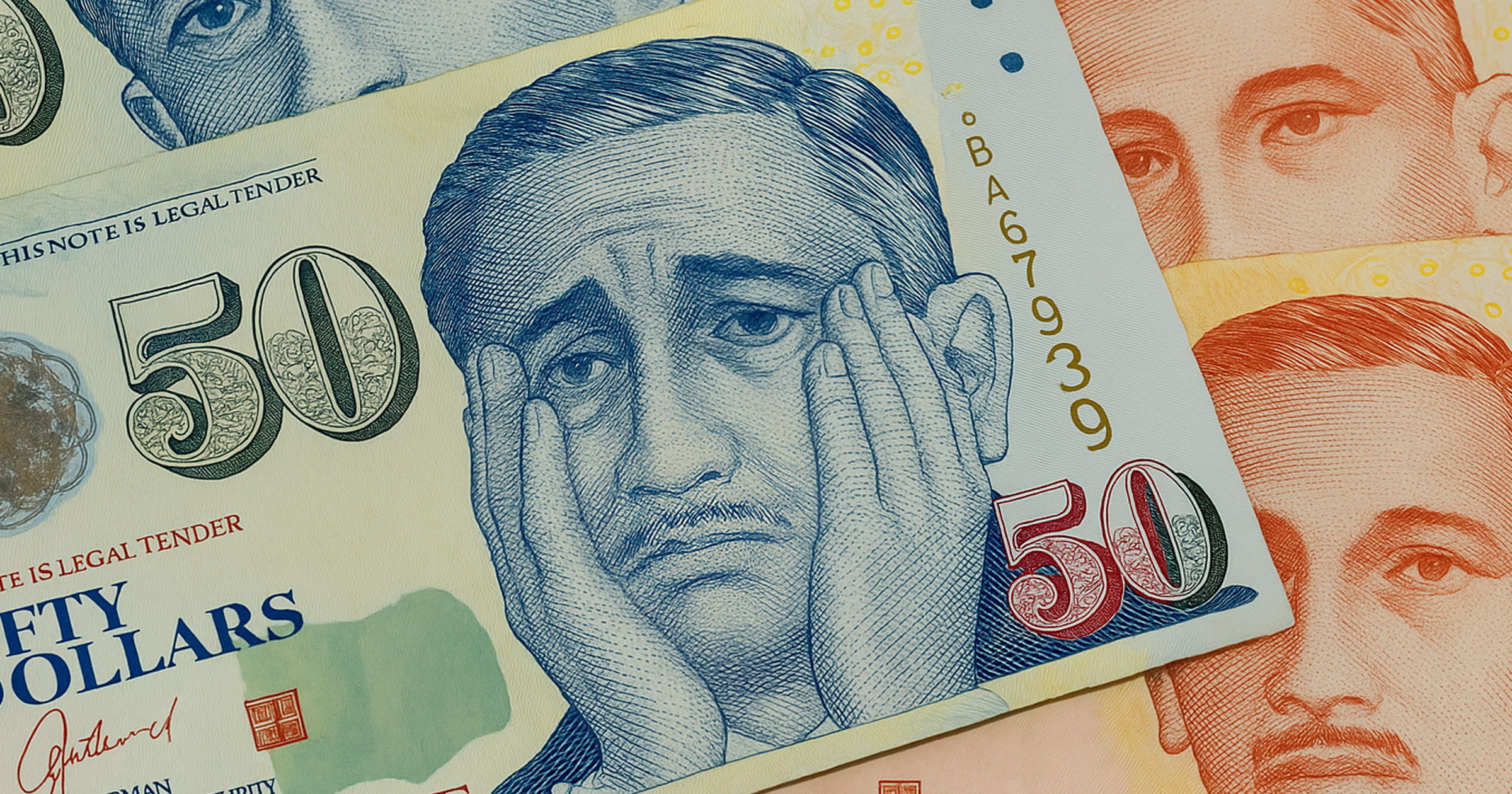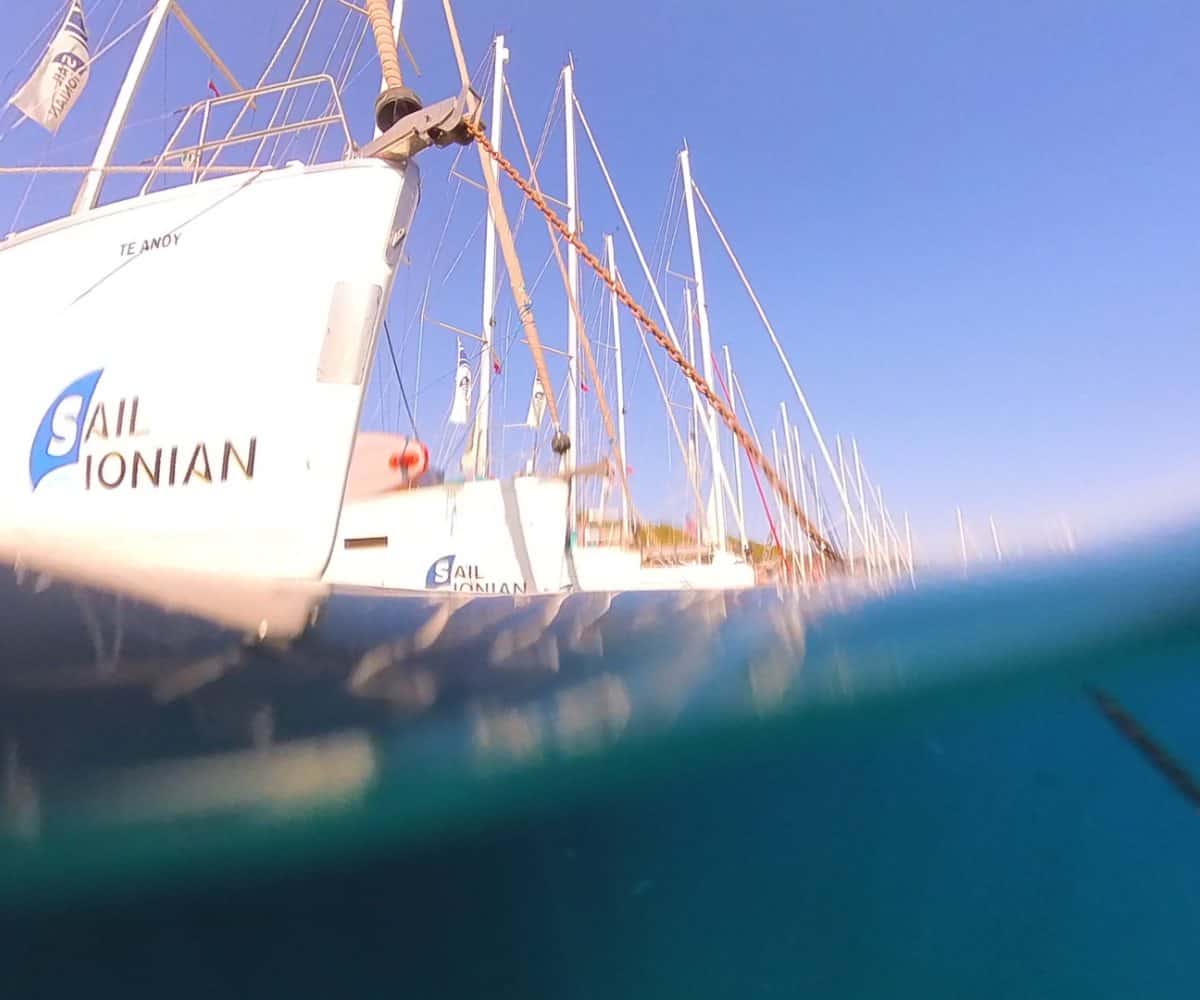Rome 2 Day Itinerary: The Top Things To Do
Known for its architectural grandeur, age-old constructions, and tantalizing restaurants, Rome is one of the most beautiful cities in the world, If you wanted to, you could spend weeks and months, and still have new things to discover in...
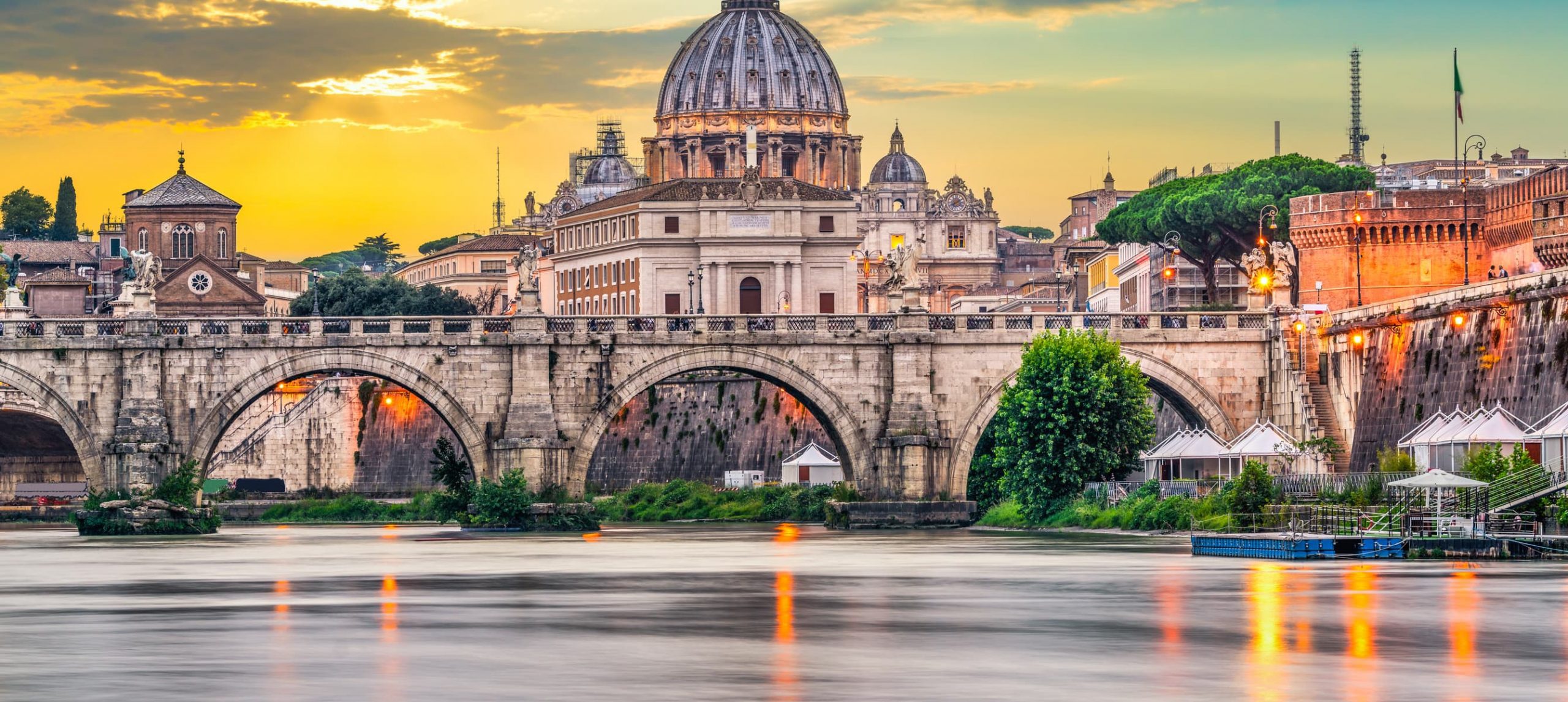
Known for its architectural grandeur, age-old constructions, and tantalizing restaurants, Rome is one of the most beautiful cities in the world, If you wanted to, you could spend weeks and months, and still have new things to discover in the Eternal City. But if you only have two days to visit, don’t worry! We’ve got you covered.
To help you make the most of your trip, we have created a “2 days in Rome itinerary” that will have you visiting all the city’s most famous attractions with no need to rush!
Read on to see our two days in Rome itinerary.
Find Places To Stay In Rome, Italy
Tips For Visiting Rome In Two Days
Consider buying online tickets in advance if you want to visit the Colosseum and the Vatican Museums. This will allow you to save time, and skip lines, especially during the high season and rush hour;A combined guided tour of the Colosseum, Roman Forum, and Palatine Hill is a fantastic way to learn about Rome’s history while also getting access to some of the monuments’ restricted regions. Consider getting the Roma City Pass to gain easy access to all the famous and important landmarks;It’s critical to choose where to stay in Rome, especially if you only have a limited amount of time. Staying in the city center, where the majority of the attractions and public transit are located, is a fantastic idea;If you only have 2 days in Rome, you don’t want to spend too much time trying to figure out how to get around the city. To make your life easier, here is our thorough guide to transportation in Rome, which is guaranteed to help you get from one place to another seamlessly.Day 1: Ancient Rome
It’s no coincidence that the city is a true paradise for history aficionados looking to journey back in time and experience the intriguing wonders of the ancient world: Rome is home to a spectacular array of landmarks and ancient sites stretching back over 2,000 years.
If you’re one of these, or simply wouldn’t like to miss out on the city’s most famous places, a tour of the city’s immaculately preserved ancient landmarks is a terrific way to begin your 2-day Rome itinerary.
The Colosseum

Start with the Colosseum!
The Flavian Amphitheater, also known as the Colosseum, is the symbol of Rome. More than 6 million people visit the site each year, which was built 2000 years ago to commemorate the Roman Empire’s splendor. It used to host the wildest public events, gathering more than 50,000 spectators to watch bloody animal fights, gruesome gladiator combats, and other various spectacles.
We recommend arriving with your tickets beforehand, so you’ll be able to skip the line and take the tour with a guide that will give you a wealth of practical information on the magnificent Colosseum.
Address: Piazza del Colosseo, 1
The Roman Forum

A short distance from the Colosseum is the Roman Forum. It is one of the world’s most important archaeological sites, serving as the social and commercial heart of the Roman Empire.
Commercial transactions were conducted in royal palaces, laws were enacted in government buildings, convicts were convicted, the empire’s most important decisions were made, and the public and religious lives of its residents were conducted in its squares and temples. Unfortunately, as the Roman Empire fell, the location was abandoned and transformed into a mound of ruins where goats and sheep roamed.
The remnants of the Temple of Saturn, the Temple of Castor and Pollux, the Temple of the Deified Caesar, the Mamertine Prison, and the Curia are among the important surviving structures in the Roman Forum.
Address: Via della Salara Vecchia, 5/6
Palatine Hill

Palatine Hill, sometimes referred to as Rome’s birthplace is a living museum. The location, which overlooks the Roman Forum, has been occupied since 1000 B.C. and contains the remnants of imperial palaces built for the upper class.
The huge Palace of Domitian, Emperor Domitian’s official residence, the House of Livia, noted for its beautiful murals dating from circa 30 BCE, and Domus Augustana, Caesar Augustus’ major residence during his reign, are among the highlights to see.
The best entrance to Palatine Hill is usually via Via di San Gregorio, where there is normally a shorter line. It’s just a short walk from the Colosseum, and worth it.
Fontana di Trevi

Considered the most beautiful fountain in the world, the Trevi Fountain is an elegant baroque fountain designed in 1735 by Nicoló Salvi on the old aqueduct of “Virgin Water”, and your next step on your first day of visiting Rome.
The Trevi Fountain is undoubtedly Rome’s most famous tourist attraction. Only a 10-minute walk from the Roman Forum, the Trevi Fountain dazzles visitors with its show-stopping travertine statues depicting legendary creatures and allegorical themes. Pietro Bacci’s statue of Oceanus, who rides atop a chariot drawn by sea horses and escorted by tritons, is the real star of the show.
Aside from its stunning beauty, the “magical abilities” of Fontana di Trevi draw thousands of visitors every day: it is said that tossing a coin into the water will bring you back to Rome one day.
Address: Piazza di Trevi
Pantheon

After you’ve thoroughly explored the Colosseum, Roman Forum, and Palatine Hill, and have thrown your coin to the Fontana di Trevi, your next stop is the Pantheon.
It’s the best-preserved ancient building in the entire city of Rome. Made in the 1st century before Christ by order of the consul Agrippa as a temple dedicated to all the divinities, it is currently a Catholic temple, and inside of it lies the remains of many famous Italian figures.
The Pantheon has what some call a “hidden greatness”: from the outside, it might seem small, but once inside you’ll notice how immense and imposing it is; a true work of art of engineering and architecture. An oculus at the top of the dome enables light into the inside, creating a magnificent sense of light and shadow on the mosaics and sculptures on the walls.
Address: Piazza Della Rotonda
Campo de Fiori Market

If you’re feeling ambitious enough, we recommend you make two final stops, beginning with the vibrant Campo de’ Fiori Market. This farmer’s market, located in the heart of Rome, is widely regarded as one of the best and oldest in the city.
You’ll come across charming merchants selling fruit and vegetables, meat, walnuts, and fresh fish while meandering around the market’s lively stalls.
If you’re a foodie, don’t miss the opportunity to visit the market in the springtime to sample the famed fried artichokes, which are frequently recognized as one of Rome’s best dishes.
Address: Piazza Campo de’ Fiori, 33
Piazza Navona

Piazza Navona, a 5-minute walk from Campo di Fiori, is a sight to behold. This lovely piazza was created in 86 CE as a gift to the citizens of Rome by Emperor Titus Flavius Domitianus, and it quickly became one of the city’s most beautiful squares.
There are several whimsical fountains there, including the Fontana del Moro, Fontana de’Calderari, and the magnificent Fountain of the Four Rivers, as well as bucket-list attractions like the 17th-century Sant’Agnese in Agone church and Palazzo Pamphili, which houses one of Rome’s most incredible private art collections.
Surrounded by historic buildings, bars, and restaurants, Piazza Navona is a great place to take a breather and people-watch!
Address: Piazza Navona
Day 2: The Vatican City
The second day will focus on visiting Rome’s other must-see attractions, such as the Vatican Museums and Saint Peter’s Basilica, as well as taking a walk to Castel Sant’Angelo, from which you may return to the city center, tying your 2 days in Rome with a perfect bow.
The Vatican Museums

The city-state is home to a plethora of relics, ranging from unearthly basilicas to magnificent museums housing over 70,000 artworks. It is also the permanent seat of the Popes and the headquarters of the Roman Catholic Church.
The Vatican Museums feature a vast collection of works of art ranging from antiquity to the Renaissance; you could devote a whole day to them if you feel so inclined, but if you choose wisely, you can quickly see what appeals to you the most.
The Sistine Chapel is the highlight of any visit to the Vatican Museums. The vault contains some frescoes worth seeing, emphasizing Michelangelo’s work, which is without a doubt the chapel’s most iconic image.
Address: 00120 Vatican City
St Peter’s Basilica

St Peter’s Basilica in Vincoli was constructed in the fifth century to house the shackles that bound Saint Peter in Jerusalem. It is notable above all because it features one of the most technically perfect sculptures, such as Michelangelo’s Moses. The statue can be found inside Pope Julius II’s mausoleum.
You’ll have plenty of time to see St Peter’s Basilica, so we recommend pausing to admire Michelangelo’s Pietà, which is located in the first chapel on the right as you enter. Take time to observe the Baldacchino in the basilica’s middle, which houses the temple’s main altar, and while you’re there, pay a visit to Pope Alexander VII’s tomb and its spectacular group of statues.
The Spanish Steps

And for your final visit of the day: Piazza de Spanga and The Spanish Steps. They are undoubtedly one of Rome’s most gorgeous and visited squares.
It is a lovely 18th-century square with an extended and triangular shape that is situated at the foot of the Pincio hill. The monumental “Escalinata de Trinidad dei Monti,” a meeting spot for young people, artists, and bohemians of the Italian capital, is connected to the church.
As you ascend the stairs, you will be treated to a spectacular perspective of the entire city.
The Spanish embassy to the Holy See, which has been located in this plaza for centuries, is responsible for the Plaza’s name.
FAQ
Can you visit Rome in 3 days?
Yes. several of the sights in Rome are rarely more than a walk away from each other, making it possible to explore the city in 3 days.
Are 2 days in Rome enough?
While we recommend that travelers allocated 4 to 5 days to visit the city, it’s possible to spend three days in Rome and visit its top sights.
What can you see in Rome in 2 days?
10 Things To See In Rome In 3 Days:
Colosseum & Arch of Constantine;Palatine Hill;Roman Forum;Trevi Fountain;The Pantheon;Campo de Fiori Market;Piazza Navona;St Peter’s Basilica;The Vatican Museums;Piazza de Spagna and The Spanish Steps.CuddlyNest provides all accommodations to all travelers at the best price. Find unlimited travel inspiration on our blog and social media channels.
You Might Also Like:
Top Italian Dishes You Can Make at Home
Rome 3 Day Itinerary
The Ultimate Europe Travel Guide
Best Farmers’ Markets in Rome, Italy
What to Pack for a Sustainable Trip To Europe
40 Top & Most Beautiful Castles in Europe
The Best Time To Visit Rome, Italy
The Best Day Trips From Rome, Italy
The Best Kid-Friendly Attractions in Rome

 JimMin
JimMin 











